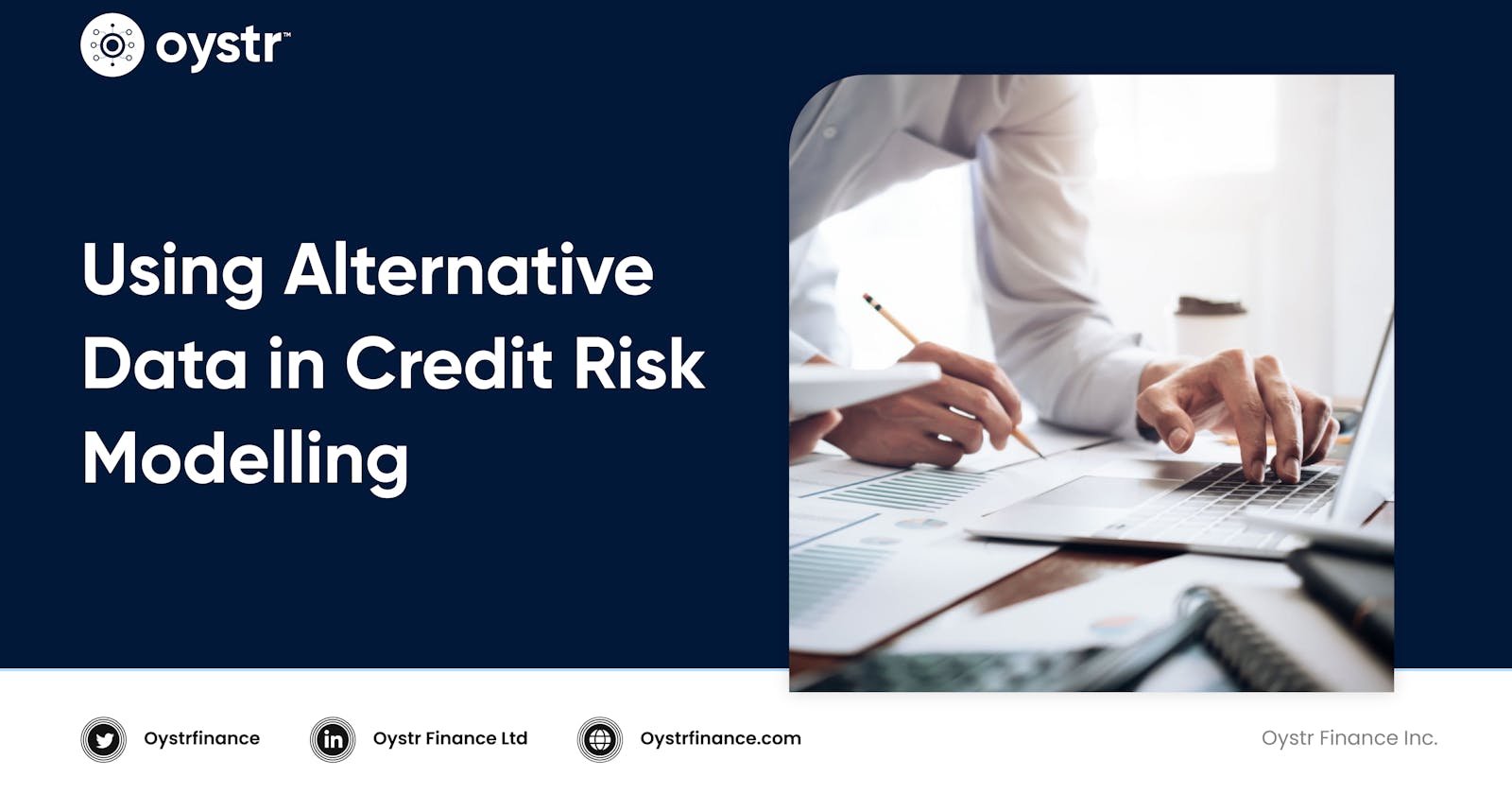The field of credit risk assessment has undergone a significant transformation in recent years, driven by the proliferation of alternative data sources and the growing demand for financial inclusion. Alternative data, which encompasses any information that falls outside the purview of traditional credit bureau reports, offers a wealth of insights into an individual's or business's financial behavior and creditworthiness. Here is useful information on how to assess and analyze alternative data and combine it with so-called traditional data to improve credit risk models.
Various Forms of Non-Traditional Data
What constitutes alternative data? In the context of credit approval, it typically encompasses information not directly linked to a consumer's credit-related actions. Conventional data often refers to information derived from credit bureaus, credit applications, or a lender's internal records of an existing customer—this data is predominantly utilized in generating credit scores. Alternative data, on the other hand, encompasses everything beyond this scope, incorporating a diverse array of data sources and methodologies.
Approximately 3 billion adults worldwide lack credit and, consequently, do not possess credit records. Expanding into this untapped market stands out as a priority for lenders. While a considerable portion of these individuals reside in developing markets with emerging credit infrastructures, even the most advanced credit markets have individuals termed "credit invisibles/ghosts"—people without any credit history and unrecognized by credit bureaus. Considering this, let's explore several alternative data sources and evaluate their significance in informing lenders' credit decisions.

Transaction Data. This is typically data on how customers use their credit or debit cards. It may not seem “alternative” — most lenders have this data already, often manipulated into monthly summaries — but it’s not often mined to extract the maximum predictive value. It can be used to generate a wide range of predictive characteristics such as Ratios of Cash to Total Spend in the last X week(s) and even characteristics based on the number, frequency and value of transactions at different retailer types. Processing this dataset can be time-consuming, but the data itself is generally pure.
Telecom / Utility / Rental Data. This dataset is basically credit history data, but it’s alternative because it doesn’t appear in most credit reports. Oystr FInance uses this to give insights into the credit history of borrowers
Social Media Profile Data. Mining Facebook, LinkedIn, Twitter, Instagram, Snapchat or other social media sites is possible, but few lenders would want to brave the regulatory hurdles of being the first mover. Although it would be possible to derive the value not from what people say on these social media channels but from metadata – for example, the number of posts and their frequency or the size of their social graph — this would still likely raise privacy issues. In addition, despite what some enterprising fintechs might say, the value of this dataset would be far lower than the value of data with a stronger credit connection. It is also possible for a consumer to manipulate this data.
Clickstream Data. How a consumer or applicant moves through your website, where they click and how long they take on a page can be predictive.
Audio and Text Data. This data takes the form of information found on credit applications, in recorded customer service or collections calls. It can complement “thin” credit report files and is already proving its worth in collections.
Social Network Analysis. New technology enables us to map a consumer’s network in two important ways. First, this technology can be used to identify all the files and accounts for a single consumer, even if the files have slightly different names or different addresses. This gives you a better understanding of the consumer and their risk. Second, we can identify the individual’s connections with other people, such as people in their household. When evaluating a new credit applicant with no or little financial history, the credit ratings of the applicant’s network can provide useful information. However, this dataset is not going to meet the regulatory tests in all markets.
Survey / Questionnaire Data. An innovative new technique, this analysis allows lenders to rate the credit risk of someone with little or no credit history through psychometrics.
Challenges of Using Alternative Data in Credit Risk Management
Data quality and consistency
Alternative data sources often lack standardization and may contain inconsistencies or errors. This can make it difficult to collect, clean, and analyze the data reliably, potentially leading to inaccurate risk assessments.
Data integration and analysis
Combining alternative data with traditional credit risk data can be complex, requiring advanced data integration techniques and sophisticated analytical tools. Financial institutions need to invest in the necessary infrastructure and expertise to handle these diverse data sets effectively.
Regulatory compliance and ethical considerations
The use of alternative data raises concerns about privacy, data protection, and potential bias. Financial institutions must ensure that their data collection and usage practices comply with applicable regulations and ethical guidelines. They should also consider the potential impact of alternative data on fairness and non-discrimination in lending decisions
Discover how OYSTR FINANCE can enhance your business with the utilization of alternative data.
*Check out additional articles on alternative data from Oystr Finance.
*Delve into Oystr's offerings for financial inclusion, including their products and solutions.

